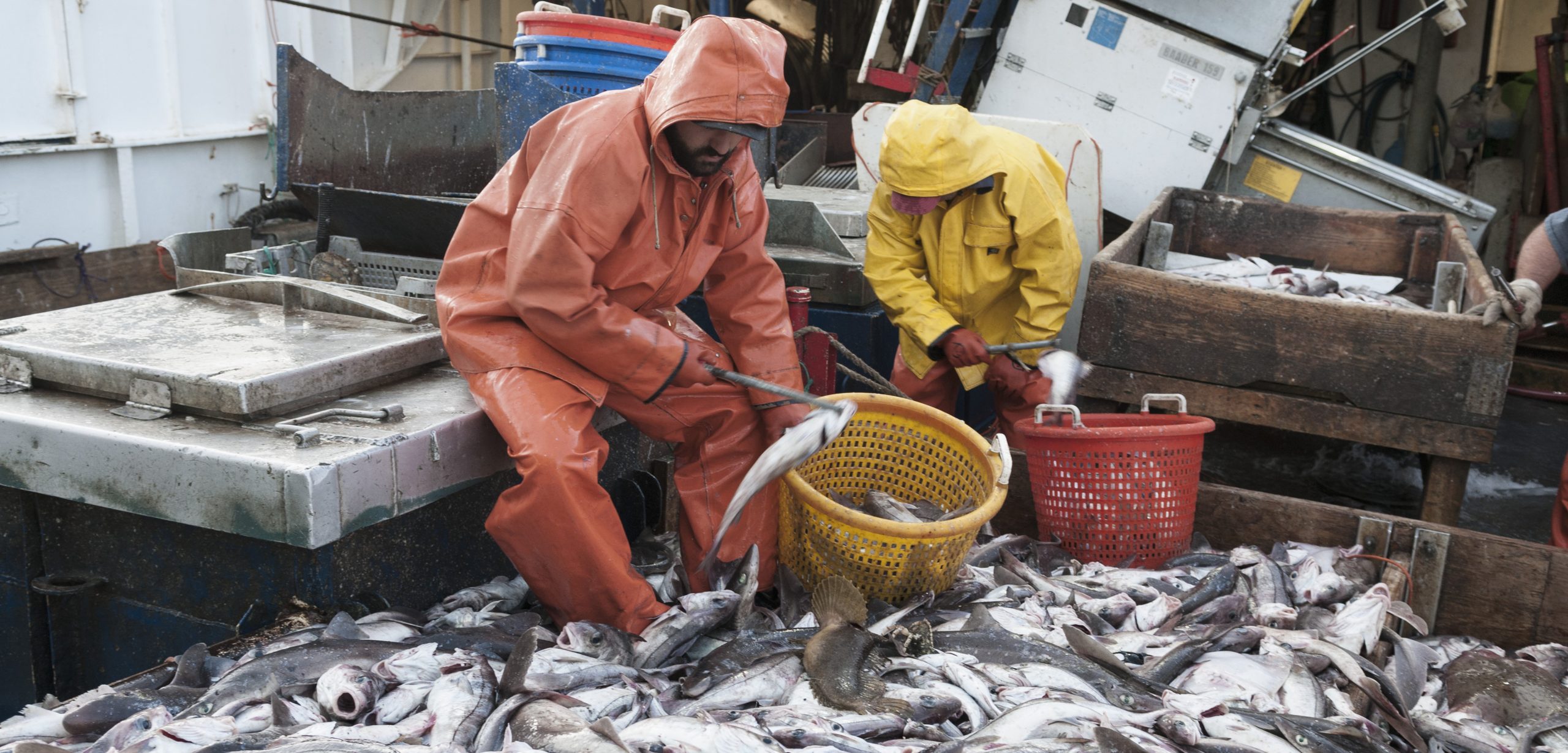When Good Fish Die Young
Rising temperatures are suppressing survival rates for young fish.
Article body copy
Climate change is making fish die young. Over the past six decades, the proportion of fish that survive to adulthood has been going down, by three percent per decade on average, according to a new analysis of global fish stock data.
Compiling statistics on changing fish stocks for 127 species of fish in 39 different marine regions, ecology doctoral student candidate Greg Britten calculated that the bulk of the increase in fish juvenile mortality can be attributed to rising ocean temperatures and the declining abundance of phytoplankton.
The research shows how warming ocean water is not just a potential problem—it has been affecting fish populations for decades.
The three percent decrease in the number of fish that survive to adulthood—known as “recruitment”—is a global average for all of the fish species assessed. Digging deeper into the data shows a range of regional- and species-specific trends.
Fish stocks in the North Atlantic, for example, have declined sharply, by eight or nine percent per decade, while those in the North Pacific have stayed relatively stable. This is likely because the Pacific has undergone fewer environmental changes in the past few decades, and has a shorter history of intensive commercial fishing than the Atlantic.
In general, Britten found that ocean regions with the largest long-term declines in phytoplankton had the greatest declines in fish recruitment. That makes sense, he says, since plankton are a major food source for young fish larvae. Yet rising ocean temperatures could be driving plankton populations down, he says, by making it more difficult for nutrients from the cold deep ocean to mix with the warmer surface waters.
Though environmental factors are the dominant issues that caused the declines in general, for some select species, such as Atlantic cod, overfishing actually had the largest effect on the ability of juvenile fish to survive to adulthood.
Britten hopes that fisheries managers will use his work to help make decisions about how to manage stocks in the future, as it shows that there has been a consistent, long-term global decline hidden beneath the sometimes-volatile short-term swings in local populations.
Ken Frank, a fisheries scientist at Fisheries and Oceans Canada’s Bedford Institute of Oceanography in Halifax, says putting the research to use will be difficult because the data lacks details on the mechanisms of how the different factors affect specific stocks. “That’s what managers really need,” he says. “Without the mechanisms, how would you fix it?”
Managers should be able to find a use for the findings though, says Britten, particularly by taking more account of how environmental changes might affect their stocks. “There is information for managers there,” he says. “If they see 21 other species in the same region in decline, with consistent environmental trends, maybe they should incorporate that into their decisions.”

